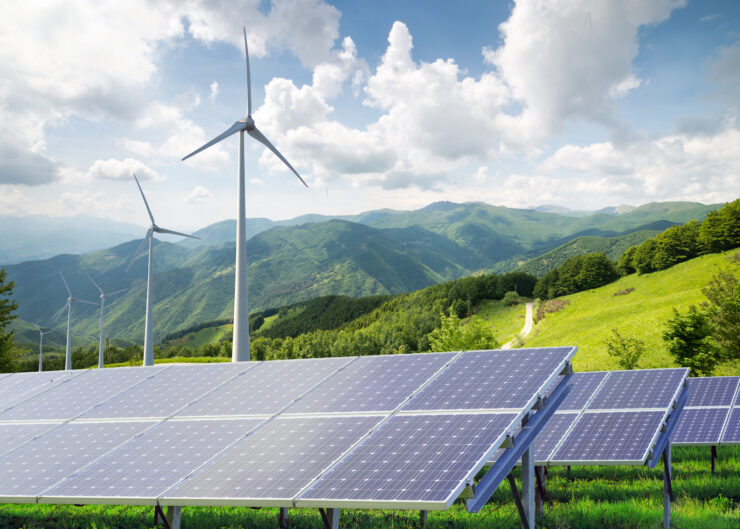Table of Contents
Choosing the best renewable energy solution for off-grid homes requires a detailed comparison between solar panels and wind turbines. Both technologies offer unique advantages and come with specific considerations. This article aims to provide an in-depth analysis to help homeowners make an informed decision.
1. Understanding the Basics
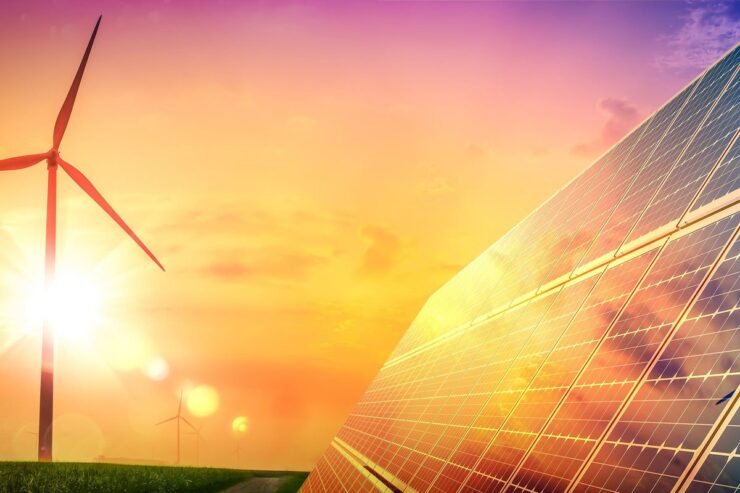
Before diving into a comparison, it’s essential to understand how each technology works.
Solar Panels capture sunlight and convert it into electricity using photovoltaic cells. These panels are usually installed on rooftops or in open areas with direct sunlight.
Wind Turbines harness wind energy to generate electricity. The wind spins the turbine’s blades, which then drive a generator to produce power.
2. Efficiency and Energy Production
Solar panels are highly efficient in areas with abundant sunlight. They can produce a consistent amount of energy throughout the day, especially in sunny regions. However, their efficiency drops significantly during cloudy days or at night.
Wind Turbines can generate electricity both day and night, provided there is sufficient wind. They are more efficient in regions with consistent and strong winds. However, they are less effective in areas with low wind speeds.
3. Installation and Maintenance
Solar Panels are relatively easy to install. They require a sturdy mounting structure and an inverter to convert the generated DC power to AC power. Maintenance is minimal, often just periodic cleaning and inspection.
Wind Turbines require more complex installation processes, including a tall tower and a secure foundation. Maintenance involves regular checks and servicing of mechanical parts, which can be more demanding and costly compared to solar systems.
4. Space Requirements
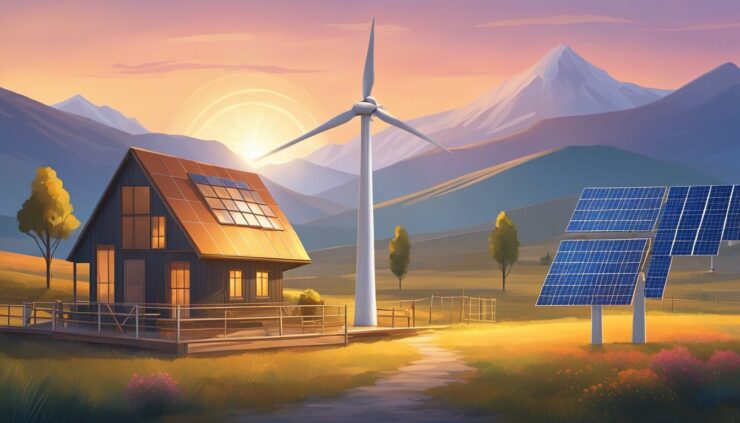
Solar Panels need a substantial amount of space, usually on rooftops or open land, to install enough panels to meet an off-grid home’s energy needs.
Wind Turbines require less ground space but need a tall structure to capture sufficient wind. This means they are suitable for open areas with no tall buildings or trees that could obstruct wind flow.
5. Environmental Impact
Solar Panels have a relatively low environmental impact. They produce no noise and have minimal visual impact. The production of panels involves some environmental footprint due to the extraction of raw materials, but this is offset by their clean energy production.
Wind Turbines can impact local wildlife, particularly birds and bats. They also produce noise, which can be a concern for nearby residents. However, their overall carbon footprint is low compared to fossil fuels.
6. Cost Considerations
Solar Panels have seen significant price reductions over the past decade. The initial investment can be high, but government incentives and falling prices have made them more affordable. The long-term savings on electricity bills often justify the upfront costs.
Wind Turbines are generally more expensive to install and maintain. The cost includes not only the turbine itself but also the infrastructure to support it. However, in the right conditions, they can be a cost-effective solution due to their high energy yield.
7. Reliability and Energy Storage

Solar Panels require battery storage systems to ensure a continuous power supply during non-sunny periods. Modern battery technologies, such as lithium-ion, provide efficient energy storage solutions.
Wind Turbines also need storage systems to manage periods of low wind. They can be more reliable in areas with consistent wind patterns, but fluctuations in wind speed can affect energy consistency.
8. Scalability
Solar Panels offer great scalability. Homeowners can start with a small system and expand as needed. This flexibility is ideal for gradually increasing energy needs.
Wind Turbines are less scalable for residential use. Adding more turbines requires significant space and investment, making it less practical for gradual scaling.
9. Aesthetic and Practical Considerations
Solar Panels blend well with residential settings. They can be integrated into roofs and are relatively unobtrusive.
Wind Turbines are more prominent and can be seen from a distance. Their size and structure might not be suitable for all residential areas, especially those with aesthetic restrictions.
10. Grid Independence
One of the primary reasons homeowners opt for renewable energy solutions is to achieve grid independence. Let’s explore how both options fare in this regard.
Solar Panels can provide substantial independence from the grid. With a well-designed system and sufficient battery storage, homeowners can rely entirely on solar power for their energy needs. However, during prolonged periods of cloudy weather, backup generators or supplementary grid connections might be necessary.
Wind Turbines also offer significant grid independence. In areas with consistent wind, turbines can produce a steady supply of energy. However, like solar systems, they benefit from a hybrid setup with solar panels to ensure energy availability during low wind periods.
11. Weather Resilience
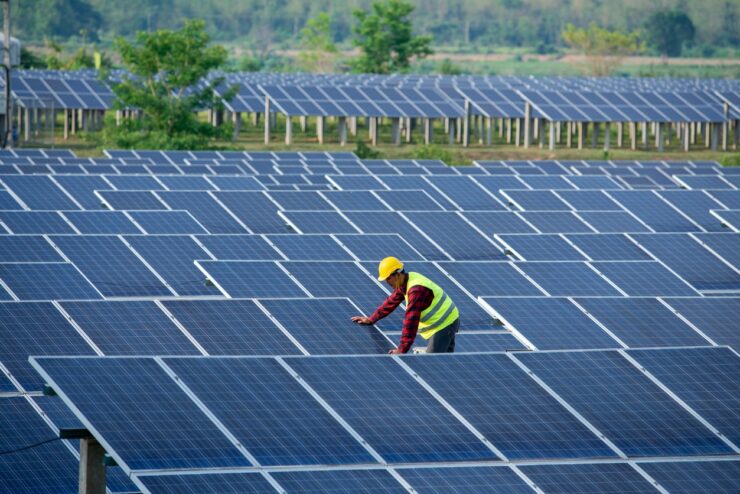
Weather conditions play a crucial role in the performance of both technologies.
Solar Panels are generally robust and can withstand various weather conditions, including rain, snow, and hail. They do require periodic cleaning to remove dust and debris, especially in dusty or snowy regions.
Wind Turbines are designed to endure high winds and severe weather. However, extreme weather events like hurricanes or tornadoes can damage turbines. Regular maintenance checks are essential to ensure they remain in good working condition.
12. Longevity and Durability
The lifespan and durability of renewable energy systems are critical factors for homeowners.
Solar Panels typically have a lifespan of 25-30 years. Advances in technology continue to improve their efficiency and durability, making them a long-term investment.
Wind Turbines have a similar lifespan, often ranging from 20-25 years. Regular maintenance is crucial to ensure they reach their full potential lifespan.
13. Energy Needs Assessment
Assessing your home’s energy needs is vital before choosing between solar panels and wind turbines.
Solar Panels are ideal for homes with moderate to high energy consumption, especially in sunny regions. They can be scaled to meet increasing energy demands by adding more panels.
Wind Turbines are suitable for homes in windy areas with higher energy needs. They can produce substantial energy but might require a complementary solar system for consistent supply.
14. Government Incentives and Rebates
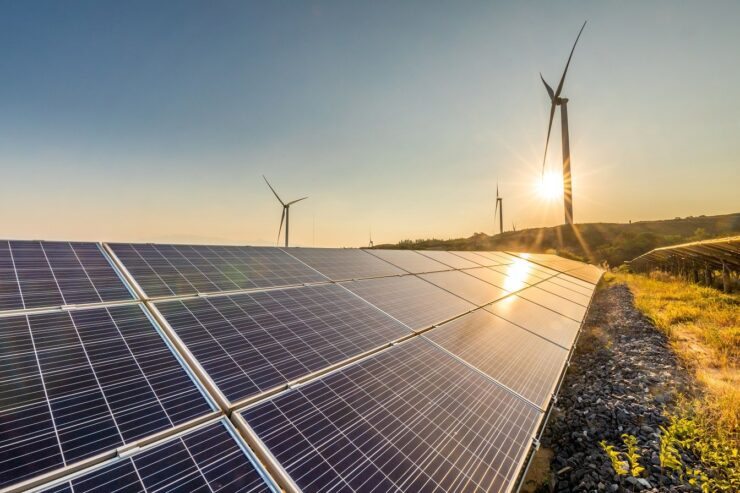
Both solar and wind energy systems often qualify for government incentives and rebates, making them more affordable.
Solar Panels benefit from various tax credits, grants, and rebates. These incentives significantly reduce the upfront costs and enhance the return on investment.
Wind Turbines also qualify for similar incentives, though they are less commonly utilized compared to solar incentives. It’s essential to research available programs to maximize savings.
15. Community and Environmental Benefits
Investing in renewable energy not only benefits homeowners but also contributes to broader community and environmental goals.
Solar Panels reduce reliance on fossil fuels, lower greenhouse gas emissions, and promote sustainable energy practices. Community-wide adoption of solar energy can lead to significant environmental benefits.
Wind Turbines also play a crucial role in reducing carbon footprints and promoting renewable energy. They can provide local jobs and stimulate economic growth in rural areas with suitable wind conditions.
Conclusion
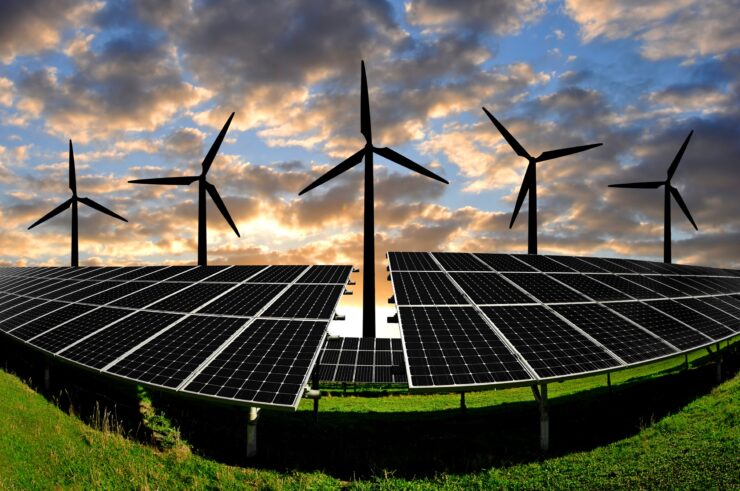
Both solar panels and wind turbines have their merits and drawbacks. For off-grid homes, the decision should be based on specific environmental conditions and energy requirements. By carefully considering the factors discussed in this article, homeowners can choose the most suitable renewable energy solution for their needs. Investing in renewable energy not only supports sustainable living but also ensures energy independence and long-term savings.

